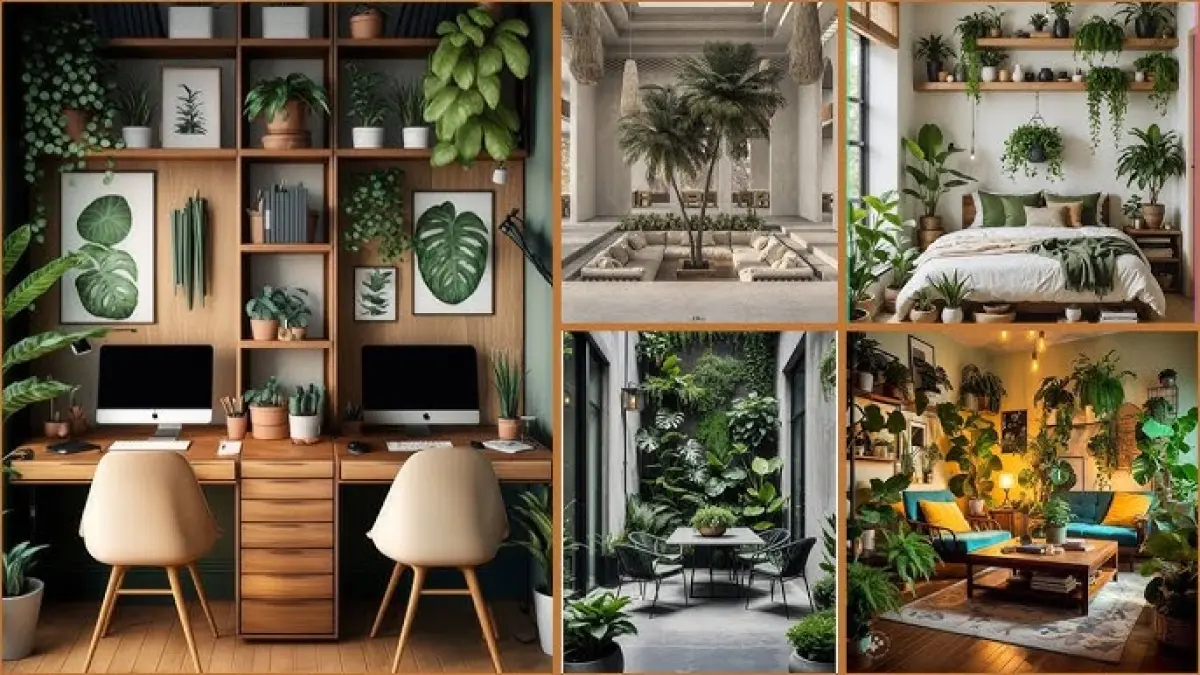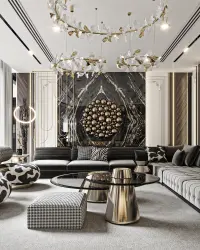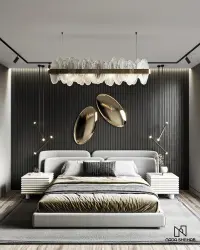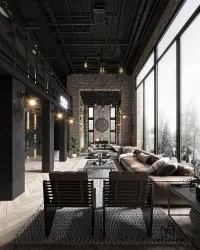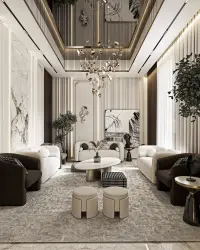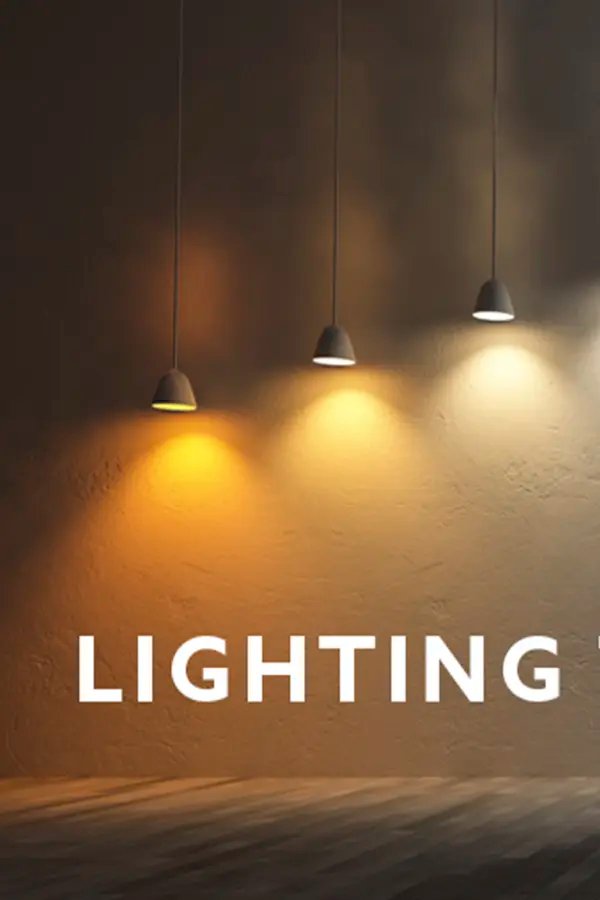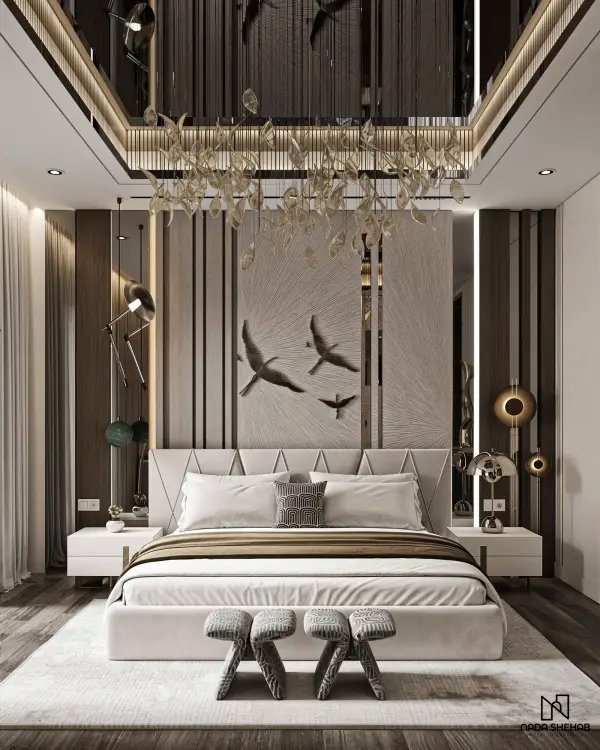Introduction
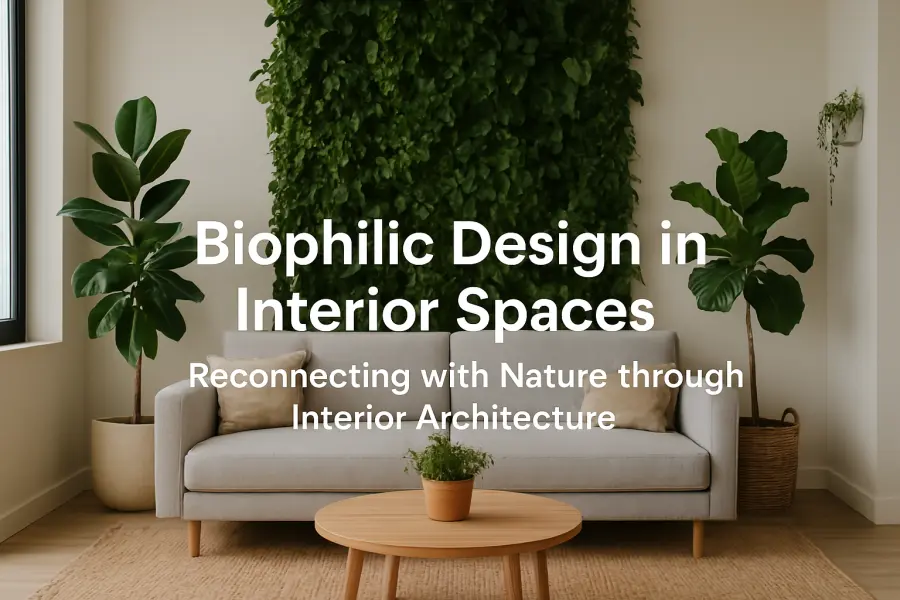
In today’s fast-paced urbanized world, human beings are becoming increasingly disconnected from the natural environment. This disconnection is often associated with a decline in mental well-being, physical health, and overall life satisfaction. As a response, biophilic design has emerged as a transformative approach in interior architecture that seeks to restore this lost connection. It emphasizes the integration of natural elements into built environments to enhance human health, comfort, and productivity. Unlike traditional design trends, biophilic design is not just about aesthetics; it is a science-backed philosophy that nurtures the human-nature relationship."
Understanding Biophilia and Its Role in Design
The term biophilia, coined by American biologist Edward O. Wilson, refers to the innate human desire to connect with nature. This concept has evolved into a practical design strategy that translates into various physical and psychological benefits. Biophilic design encourages the incorporation of both direct and indirect experiences of nature into interior spaces, creating environments that feel more alive, calming, and harmonious."
Key Principles of Biophilic Interior Design
Biophilic design can be divided into several core principles that guide its application in interior spaces: 1. Direct Nature Connection This involves the physical presence of natural elements within the space. Examples include: Natural light: Utilizing large windows, skylights, and open layouts to increase sunlight exposure. Indoor plants and greenery: Incorporating potted plants, vertical gardens, and green walls. Water features: Adding elements such as fountains or aquariums to create soothing sounds and visual movement. Fresh air and ventilation: Encouraging cross-ventilation and air purification for better health. 2. Indirect Nature Experience Even when direct access to nature is limited, designers can simulate its presence using: Natural materials: Wood, stone, bamboo, and cork create tactile and visual familiarity. Nature-inspired patterns and colors: Incorporating organic shapes and earthy tones that resemble trees, leaves, rivers, and other natural forms. Biomorphic design: Furniture and architectural features inspired by natural geometries and asymmetry. 3. Spatial Configuration and Experience Designing the layout and structure of a space to mimic natural environments: Prospect and refuge: Combining open views with cozy, enclosed areas to evoke safety and exploration. Transitional spaces: Designing thresholds or paths that simulate a journey, such as walking through a forest. Dynamic and sensory stimuli: Using sound, texture, scent, and light variation to replicate natural rhythms and experiences.
Benefits of Biophilic Design in Interiors
The implementation of biophilic design offers a multitude of benefits across psychological, physiological, and functional dimensions: 1. Enhanced Well-being and Mental Health Biophilic environments reduce stress, anxiety, and depression while enhancing relaxation and emotional stability. Natural elements help lower cortisol levels and stimulate positive brain activity. 2. Increased Productivity and Focus Studies have shown that workspaces enriched with plants and natural light can improve concentration, reduce fatigue, and boost cognitive performance. 3. Better Air Quality and Health Plants act as natural air purifiers, reducing pollutants and increasing oxygen levels, which supports respiratory health and immune function. 4. Improved Sleep and Circadian Rhythms Natural lighting systems aligned with the day-night cycle can regulate melatonin production, leading to better sleep patterns. 5. Greater User Satisfaction and Aesthetic Value Biophilic interiors often create more engaging, memorable, and emotionally fulfilling spaces. This is especially vital in hospitality, retail, and healthcare environments.
Biophilic Design and Sustainability
Another essential aspect of biophilic design is its alignment with sustainability goals. Many natural materials used in biophilic interiors are renewable, locally sourced, and energy-efficient. Incorporating daylight reduces the need for artificial lighting, while indoor plants contribute to passive cooling and air purification. Thus, biophilic interiors not only support human health but also promote environmental responsibility. Challenges and Considerations Despite its advantages, implementing biophilic design does pose challenges: Cost and maintenance: Living elements like plants and water features require long-term care and investment. Space limitations: Small or urban spaces may need creative strategies to simulate nature. Cultural context: Designs should reflect regional ecosystems and user preferences to avoid artificiality. To overcome these issues, designers must strike a balance between authenticity and practicality. Modular green systems, smart lighting controls, and recycled materials can help achieve biophilic goals without compromising functionality. Biophilic design marks a return to human-centered interiors that prioritize emotional, physical, and environmental health. By integrating nature into the spaces we inhabit, designers can create interiors that not only look beautiful but feel alive, supportive, and nurturing. As we face increasing urban stress, climate challenges, and mental health concerns, biophilic design offers a timeless and necessary path forward in the evolution of interior architecture


